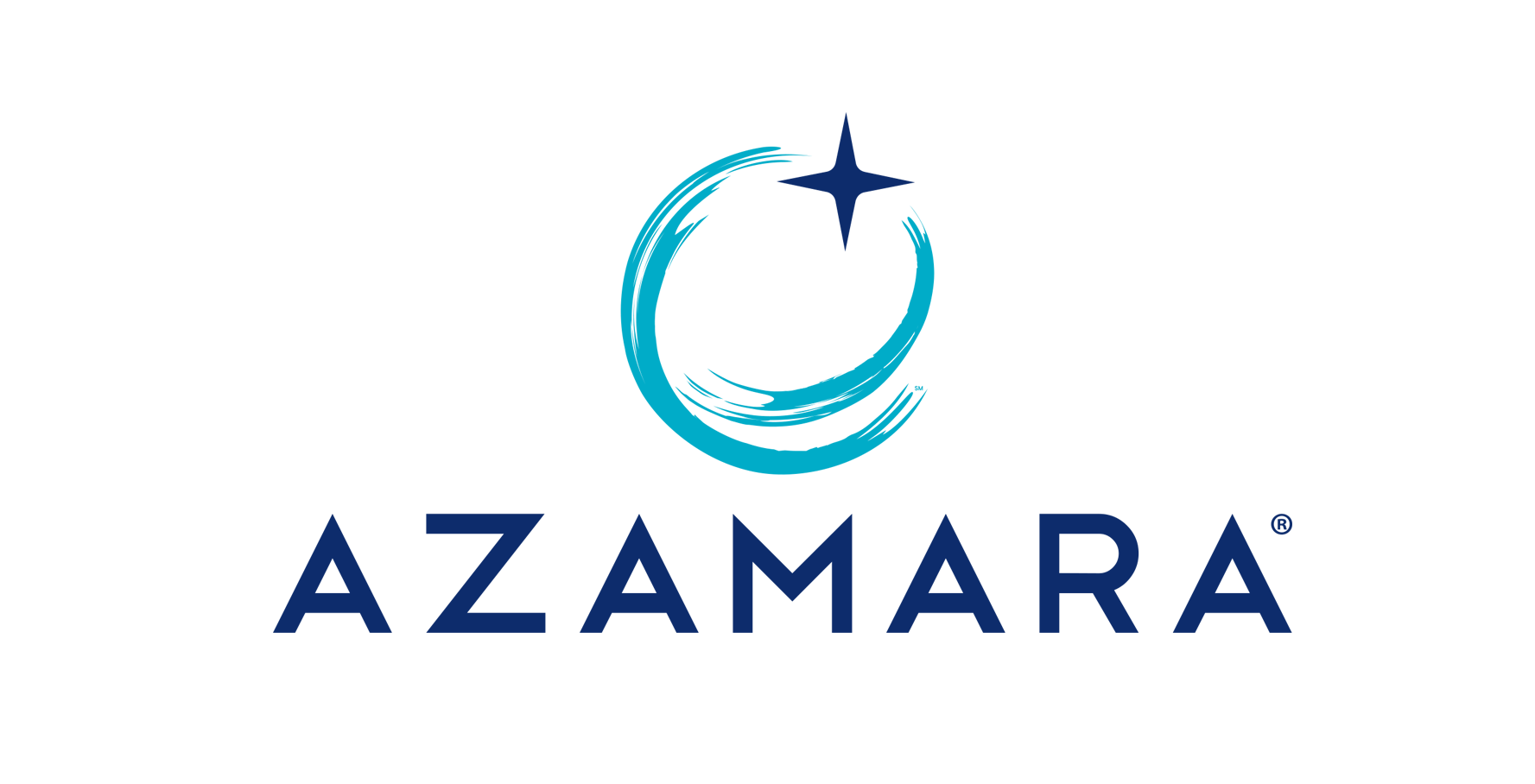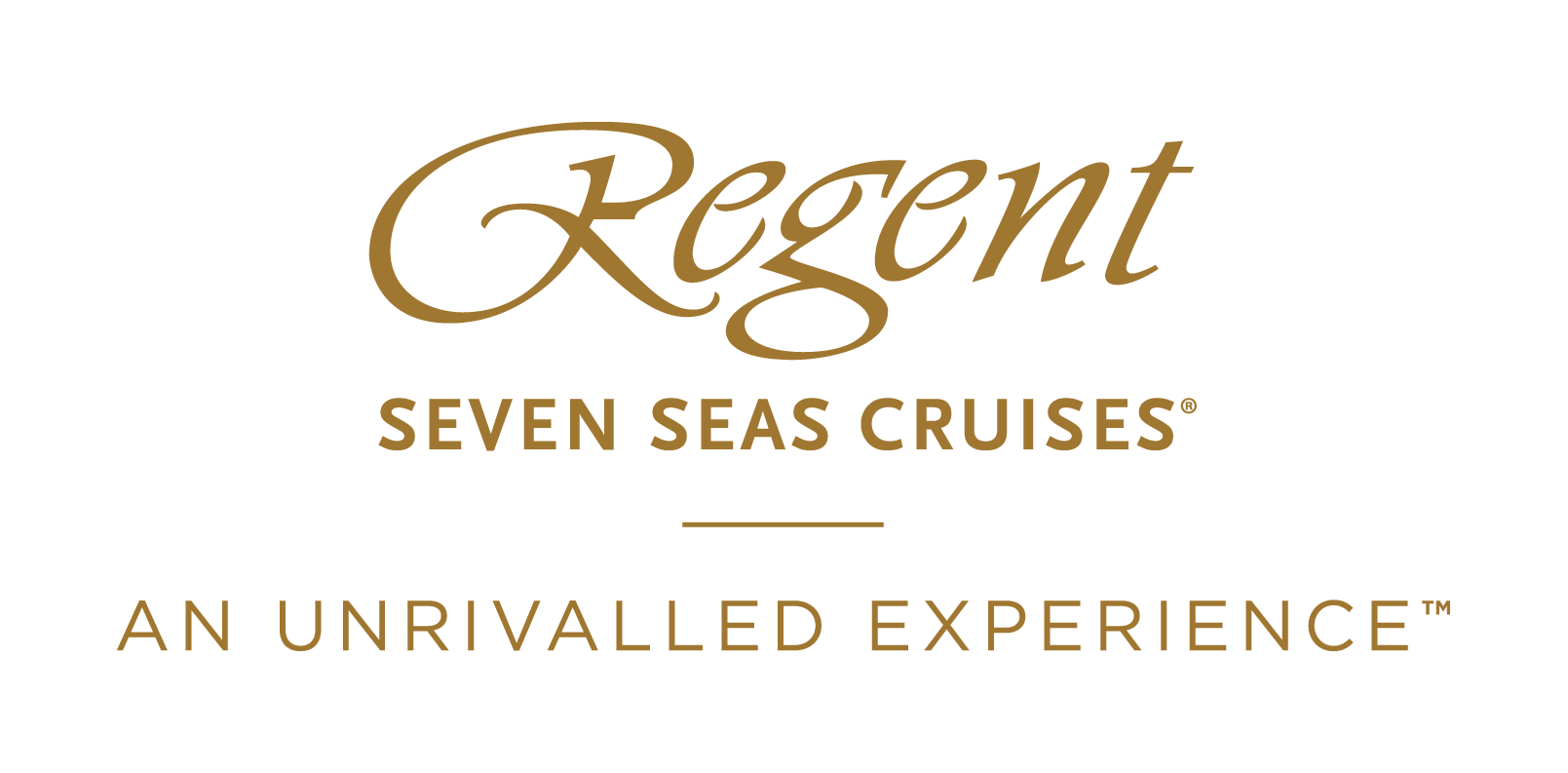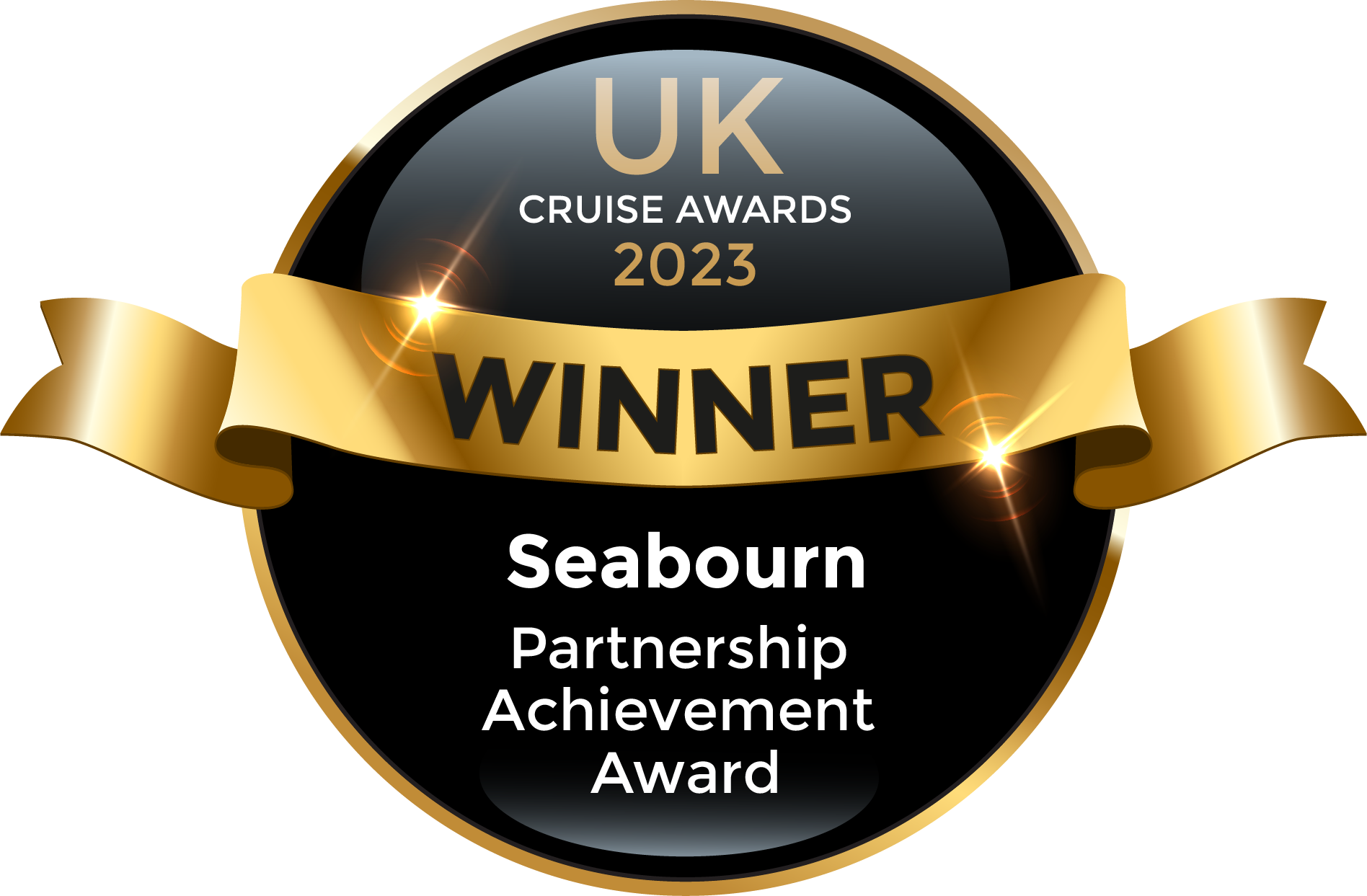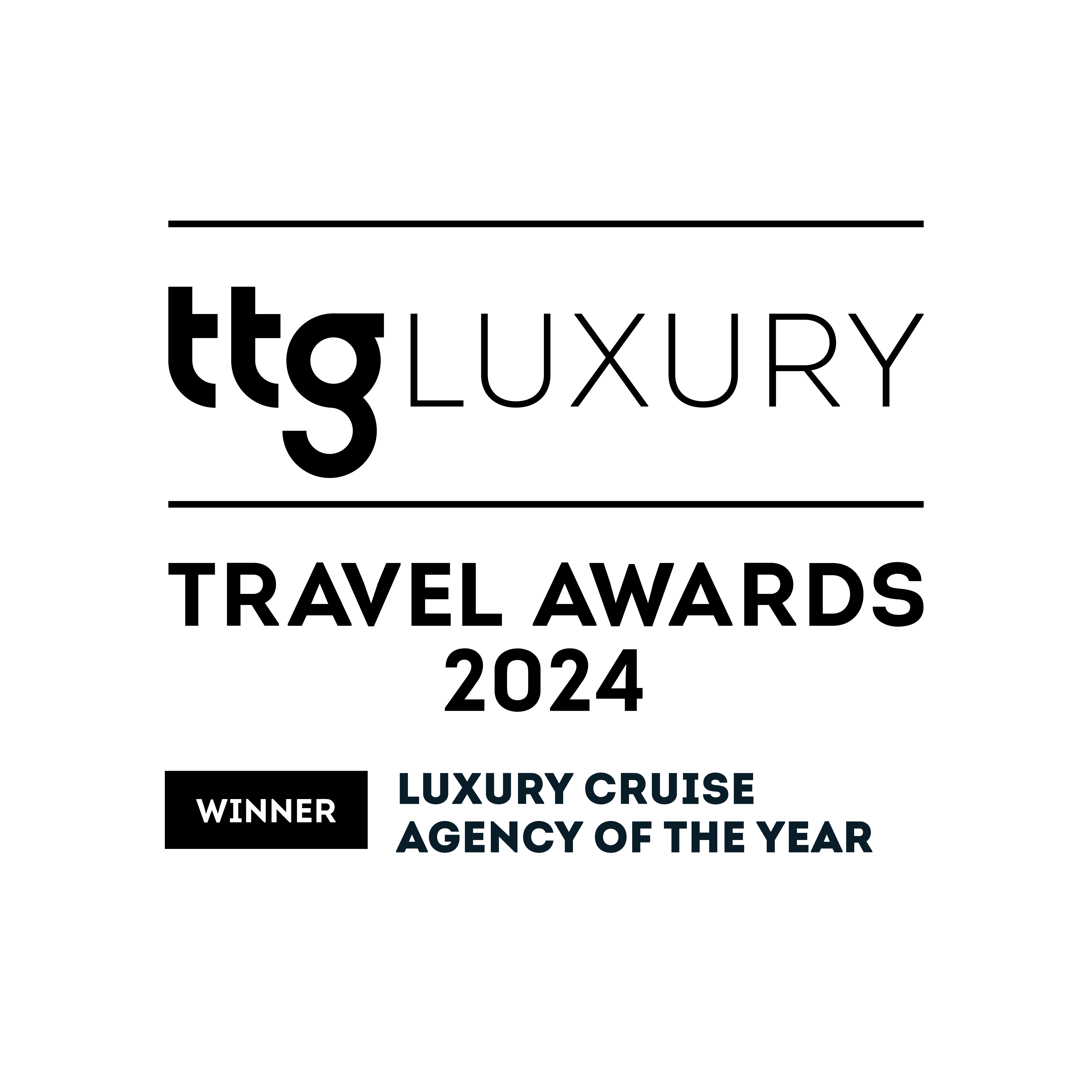Pacific Cruises
Luxury South Pacific cruises calling at destinations such as Bora Bora, French Polynesia and the Galapagos Islands are often once-in-a-lifetime opportunities. By choosing your South Pacific cruise wisely, you can make huge savings on the brochure price.
A South Pacific cruise offers the ultimate paradise island escape. Often departing from Australia or New Zealand, South Pacific cruises include destinations such as Fiji, Bora Bora and the Galapagos Islands.
Here at SixStarCruises, our team of experts have access to all the best deals on Pacific Island cruises, and can help you find the cruise that's most suited to you. We can also book your flights and hotels to create your perfect package holiday deal. So please don't hesitate to give us a call.
Related Countries
Pago Pago

Pago Pago

Rarotonga
Rarotonga
Aitutaki
Aitutaki
Arutanga
Arutanga
Palmerston Island
Palmerston Island
Avatiu, Rarotonga
Avatiu, Rarotonga
Suva

Suva

Fiji is a collection of tropical islands in the South Pacific and is well known for soft coral diving, white sandy beaches, and idyllic and peaceful surroundings. Because of its paradisiac surroundings, Fiji is a popular location for weddings and honeymoons. Suva is the capital of the Fiji archipelago, located on the southeastern coast of the island of Viti Levu and is the second most populated city of Fiji.
Lautoka

Lautoka

North of Nadi through sugarcane plantations and past the Sabeto Mountains is Lautoka, nicknamed the Sugar City for the local agriculture and its big processing mill. With a population of around 50,000, it's the only city besides Suva and, like the capital, has a pleasant waterfront. It's the sailing point for Blue Lagoon and Beachcomber Cruises but is otherwise unremarkable for tourists, itself having few hotels and fewer good restaurants. Locals recommend the city as a less-expensive place to shop for clothing, but note that it can take as long as 45 minutes to drive here. Legend has it that Lautoka acquired its name when two chiefs engaged in combat and one hit the other with a spear. He proclaimed "lau toka" (spear hit) and thus the future town was named.
Dravuni Island

Dravuni Island

Think island paradise anywhere in the world and you will almost certainly conjure up images of Dravuni Island. Shallow limpid seas surround palm tree fringed beaches that encircle the whole island bar the extremities. One of the 110 inhabited islands in the Kadavu archipelago with just 125 residents, Dravuni could be considered Fiji’s mischievous little brother. Smaller, much more manageable and far less touristy than Fiji, do not expect to find an infrastructure of hotels and car hire businesses. A village school and meeting house are perhaps the sum total of civilization here, but the exceptionally friendly welcome from the residents by far makes up for any lack of modern comforts. Instead this special little island has transparent seas that are unsurprisingly a snorkeller’s dream come true. A kaleidoscopic vision of colour thrives beneath the surface and is quite literally a visual feast for the eyes. However, for those who prefer their exploration to be land based, then the views from Hilltop Island are incredible, with the awe-inspiring panoramic vistas well worth the 20-minute hike. Dravuni also holds the auspicious title of being the northern most island of the Great Astrolabe Reef, where, according to legend there used to be a village that sunk into the sea. In order to honour the legend, villagers who fish here respect the story by not throwing garbage overboard.
Savusavu

Savusavu

Suva, a multiracial city, is the pulsing heart of the South Pacific. Its location is on a hilly peninsula in the southeast corner of Viti Levu Island, the largest in the Fijian archipelago. Suva was named the country's capital in 1882; the former capital was Luvuka. Suva's natural harbour was no doubt a deciding factor that prompted the change. Its port is the country's main shipping facility, accommodating vessels from all over the world. The town is backed by the lush green hills of the Suva-Rewa range. The waterfront district, much of which is built on land reclaimed from tangled mangrove swamps, provides the hub for much of Suva's activities. The downtown centre is a hodgepodge of high-rise office buildings, colonial houses with second-story verandas, parks and government structures. The northern and western mountains catch the trade winds, with the result being damp conditions year-round and frequent tropical downpours. Despite the ever-present possibility of showers, Suva is an excellent place to explore on foot. Many points of interest are located on Victoria Parade and along tree-shaded Queen Elizabeth Drive. Suva's botanical park is lush with flowering plants, trees and green lawns. In its centre stands the Fiji Museum, where objects reflect 3,000 years of Fijian history. The museum boasts a fine collection of Melanesian artefacts and various exhibits that reflect on Fiji's maritime era. Government House stands on a hillside surrounded by landscaped grounds. A stern, uniformed sentry guards the pillared gate entrance. The monthly Changing of the Guard is executed with almost as much pomp and ceremony as at London's Buckingham Palace. Friendly Fiji will charm you; here Melanesia mixes with Polynesia, ancient India with Oceania and tradition with the modern world. The Fijian greeting "Bula!" is extended warmly to strangers on city streets and country roads. Fiji is one of the South Pacific's most hospitable countries and a holiday destination that has much to offer in recreational activities, shopping and joyous celebrations.
Port Denarau
Port Denarau
Yasawa Island
Yasawa Island
Taveuni Island
Taveuni Island
Beqa Island
Beqa Island
Leleuvia Island
Leleuvia Island
Lakeba Island
Lakeba Island
Lomaloma, Vanua Balavu
Lomaloma, Vanua Balavu
Fulaga Island
Fulaga Island
Papeete, Tahiti

Papeete, Tahiti
Moorea

Moorea

Bora-Bora

Bora-Bora
Huahine

Huahine

Raiatea

Raiatea

Motu Mahaea, Society Islands
Motu Mahaea, Society Islands
Rangiroa

Rangiroa

Fakarava

Fakarava

Taha'a Island

Taha'a Island

Nuku Hiva Island

Nuku Hiva Island

Uturoa, Raietea Island

Uturoa, Raietea Island

Tikehau Atoll

Tikehau Atoll

Guam
Guam
Fanning Islands
Fanning Islands
Christmas Island
Christmas Island
Majuro
Majuro
Lamotrek Atoll
Lamotrek Atoll
Gaferut Atoll
Gaferut Atoll
Yap
Yap
Situaed in the Federated Statesw of Micronesia in the Pacific Ocean, the island of Yap is ringed by coral reefs. The island's waters are home to many colourful species of reef fish, manta rays and several species of shark.
The Yap Living History Museum in the town of Colonia is a great place to learn about Micronesian culture and history, through seeing local crafts and dance.
A very interesting aspect of Yap is that they used human-sized, disc-shaped stones called rai as currency for centuries. Most of them are so large, they are too heavy to move. They are called 'rai' as the first ones were shaped like whales, and rai means whale in the local language, Yapese. They are themselves works of art, steeped in meaning. They are all owned by local families and accounted for in Mangyol stone money bank, in the eastern Yap province of Gagil, hundreds of pieces of this ancient currency can still be seen scattered throughout the island.
Nature lovers will enjoy walking the Tamilyog Trail, which winds through dense forest.
Satawal
Satawal
Ifalik Atoll
Ifalik Atoll
Oroluk Atoll
Oroluk Atoll
Oroluk Atoll
Oroluk Atoll
Pohnpei (ex Ponape)
Pohnpei (ex Ponape)
Pohnpei (ex Ponape)
Pohnpei (ex Ponape)
Chuuk (ex Truk)
Chuuk (ex Truk)
Nouméa
Nouméa
Maré Island
Maré Island
Kuto Bay, Isle des Pins
Kuto Bay, Isle des Pins
Lifou Island
Lifou Island
Easo, Lifou Island
Easo, Lifou Island
Tadine, Maré
Tadine, Maré
Kouaré Island
Kouaré Island
Hienghene
Hienghene
L'Île-des-Pins
L'Île-des-Pins
Port-Bouquet Bay
Port-Bouquet Bay
Ilot Casy
Ilot Casy
Alofi
Alofi
Niue Island
Niue Island
Beveridge Reef
Beveridge Reef
Saipan
Saipan
Pagan Island
Pagan Island
Maug Islands
Maug Islands
Alotau
Alotau
Rabaul, Bismarck Archipelago
Rabaul, Bismarck Archipelago
Kiriwina Island
Kiriwina Island
Conflict Island Group
Conflict Island Group
Kitava
Kitava
Madang
Madang
Wewak
Wewak
Fergusson Island, D'Entrecasteaux Islands
Fergusson Island, D'Entrecasteaux Islands
Port Moresby
Port Moresby
Tufi
Tufi
Dobu, D'Entrecasteaux Islands
Dobu, D'Entrecasteaux Islands
Samarai Island
Samarai Island
Pitcairn Island
Pitcairn Island
Adamstown
Adamstown
Adamstown is the capital of the Pitcairn Islands and the only populated settlement, as all of the other Pitcairn Islands are uninhabited (although were populated by Polynesians in the 11th through 15th centuries).
Halfway between Peru and New Zealand, Pitcairn was the perfect hiding spot for the famed HMS Bounty mutineers and their Tahitian wives. Not only had the island been misplaced on early maps of the region, but it can also be very difficult to come ashore as large breakers tend to build up just in front of the small harbour of Bounty Bay.
On shore visit the local museum that houses the HMS Bounty Bible, the historic Adamstown Church, view Fletcher Christian’s cave, or keep an eye out for the Pitcairn Reed Warbler.
















